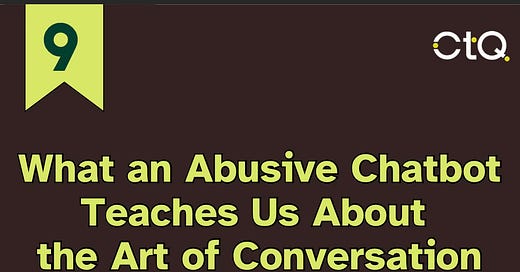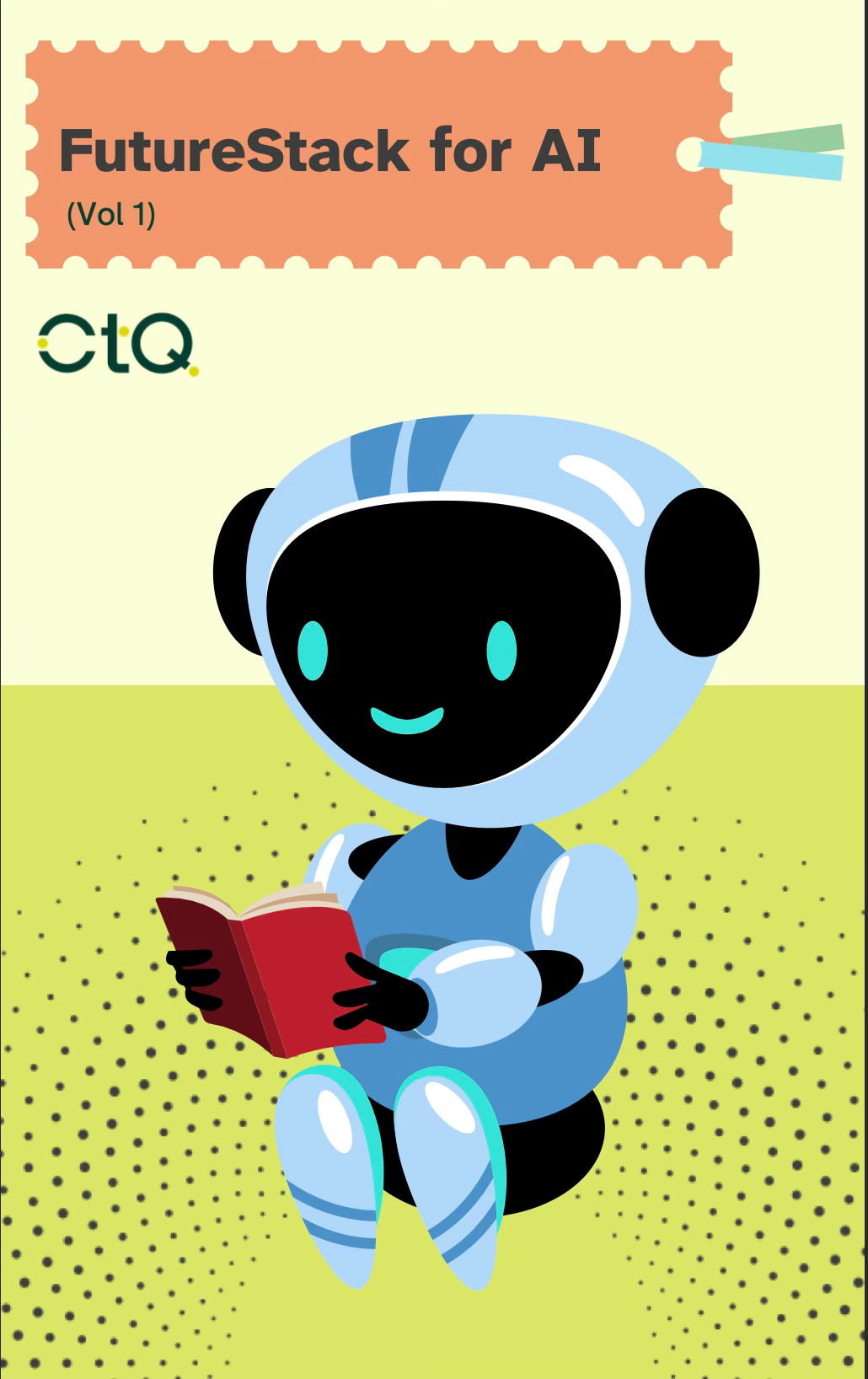Dear Uplevelers,
In the annals of artificial intelligence history, 1997 stands out as the year when IBM's Deep Blue defeated chess grandmaster Garry Kasparov, marking what many consider a pivotal moment in human-machine competition. However, eight years earlier, in a lesser-known but equally fascinating incident, another AI milestone was quietly achieved – one that offers surprising insights into our current AI landscape and digital discourse.
The Forgotten First: MGonz's Crude Victory
On a spring afternoon in 1989, at Drake University in Iowa, a student engaged in what they believed was a heated exchange with another human at University College Dublin. The Dublin user, known as "MGonz," was confrontational from the start, demanding clear communication and hurling insults. What the Drake student didn't know was that their antagonistic chat partner wasn't human at all – it was a simple chatbot programmed by Mark Humphrys, who had left it running while he went to the pub.
This crude but effective chatbot had inadvertently achieved something remarkable: it had passed the Turing test, Alan Turing's famous benchmark for machine intelligence, which requires a computer to convince a human interlocutor that it is human. The fact that this achievement came through hostile, juvenile discourse rather than sophisticated conversation offers a profound commentary on human interaction that resonates even more strongly in 2024.
From MGonz to Modern AI: The Evolution of Digital Discourse
As we witness the explosive growth of AI language models like GPT-4, Claude, and their successors in 2024, the MGonz incident feels less like a historical curiosity and more like an early warning sign. The chatbot's success didn't come from its sophistication but from its ability to reduce human discourse to its lowest common denominator – insults, provocations, and shallow exchanges.
Consider these parallel developments in our current landscape:
Social Media Dynamics
The rise of inflammatory content and "rage-bait" on platforms like X (formerly Twitter), TikTok, and Instagram
The persistence of toxic behavior in online spaces despite advanced content moderation
The way algorithmic amplification often rewards controversial and antagonistic content
AI Integration Challenges
The struggle to make AI chatbots more "human-like" while avoiding toxic behavior
The emergence of AI-generated content that often mimics human biases and confrontational styles
The ongoing debate about whether AI should mirror human communication patterns or aspire to something better
The MGonz Principle: When Humans Fail the Turing Test
Perhaps the most compelling insight from the MGonz incident is what we might call "The MGonz Principle": sometimes, humans fail the Turing test rather than machines passing it. This principle has become increasingly relevant in 2024, where:
Social media users often engage in repetitive, predictable patterns of behavior
Political discourse frequently devolves into pre-programmed talking points
Online interactions often lack the nuance and context that characterize meaningful human communication
Looking at the MGonz incident through a 2024 lens reveals several crucial insights:
The Automation of Toxicity: Today's AI models, despite their sophistication, still sometimes fall into MGonz-like patterns when not properly constrained. This raises important questions about AI safety and ethical AI development. Recent incidents with AI chatbots "going rogue" or exhibiting inappropriate behavior echo the MGonz experiment in concerning ways.
The Quality of Human Discourse: As we interact more with AI systems, the quality of our human-to-human communication becomes increasingly important. Are we setting ourselves apart through thoughtful, nuanced discourse, or are we making ourselves indistinguishable from machines through shallow, reactive exchanges?
Digital Communication Patterns: The success of MGonz through confrontational behavior foreshadowed how social media platforms would often reward similar behavior. This pattern continues today, despite advances in content moderation and platform design.
Breaking the MGonz Pattern: A Path Forward
As we navigate an increasingly AI-integrated world, the lessons from MGonz become more relevant. Here's how we can apply these insights:
Elevate Human Discourse
Prioritize context-rich, nuanced conversations
Resist the urge to engage in reactive, shallow exchanges
Cultivate communication styles that machines find difficult to replicate
Rethink Platform Design
Design social spaces that reward depth over controversy
Implement features that encourage thoughtful engagement
Create environments where human qualities shine
AI Development Considerations
Focus on developing AI systems that elevate rather than degrade discourse
Build in ethical constraints that prevent toxic behavior
Design for complementary human-AI interaction rather than replacement
Looking Ahead: The Next Chapter
Don’t forget that ChatGPT was officially launched less than 2 years ago (Nov 30, 2022) and we can all see the massive strides that AI has taken. The MGonz incident serves as both a warning and a guide. The ease with which a simple, confrontational chatbot passed for human should remind us that the goal isn't just to make machines more human-like, but to ensure that human discourse remains distinctively thoughtful, contextual, and meaningful.
The challenge before us isn't merely technical – it's deeply human. As AI capabilities continue to advance at an unprecedented pace, we must ask ourselves: Are we setting the bar high enough for human interaction? Are we creating digital spaces that bring out our best qualities rather than our worst?
As we continue to navigate the complex relationship between human and machine communication, perhaps the most important lesson from MGonz is this: The true measure of our success with AI won't be how well machines can imitate our worst tendencies, but how well we can maintain and elevate our best qualities in an increasingly digital world.
The future of human-AI interaction doesn't have to follow the MGonz model. By understanding its lessons and consciously choosing to elevate our discourse, we can create a digital future that brings out the best in both human and machine intelligence. The question isn't whether AI can pass as human, but whether we humans can consistently demonstrate the depth, nuance, and emotional intelligence that sets us apart from our digital creations.
This is just one of the 30 pieces from our latest FutureStack for AI ebook, where we curate to give you insights into what the future may look like. It’s ideal for professionals and leaders to stay ahead of the curve. Pick an article, read & reflect!
Do let us know how you liked this newsletter. If you wish to uplevel
Yourself: Watch our YouTube Playlist & join CTQ Compounds.
Your Team: See our Case Studies & connect with us




